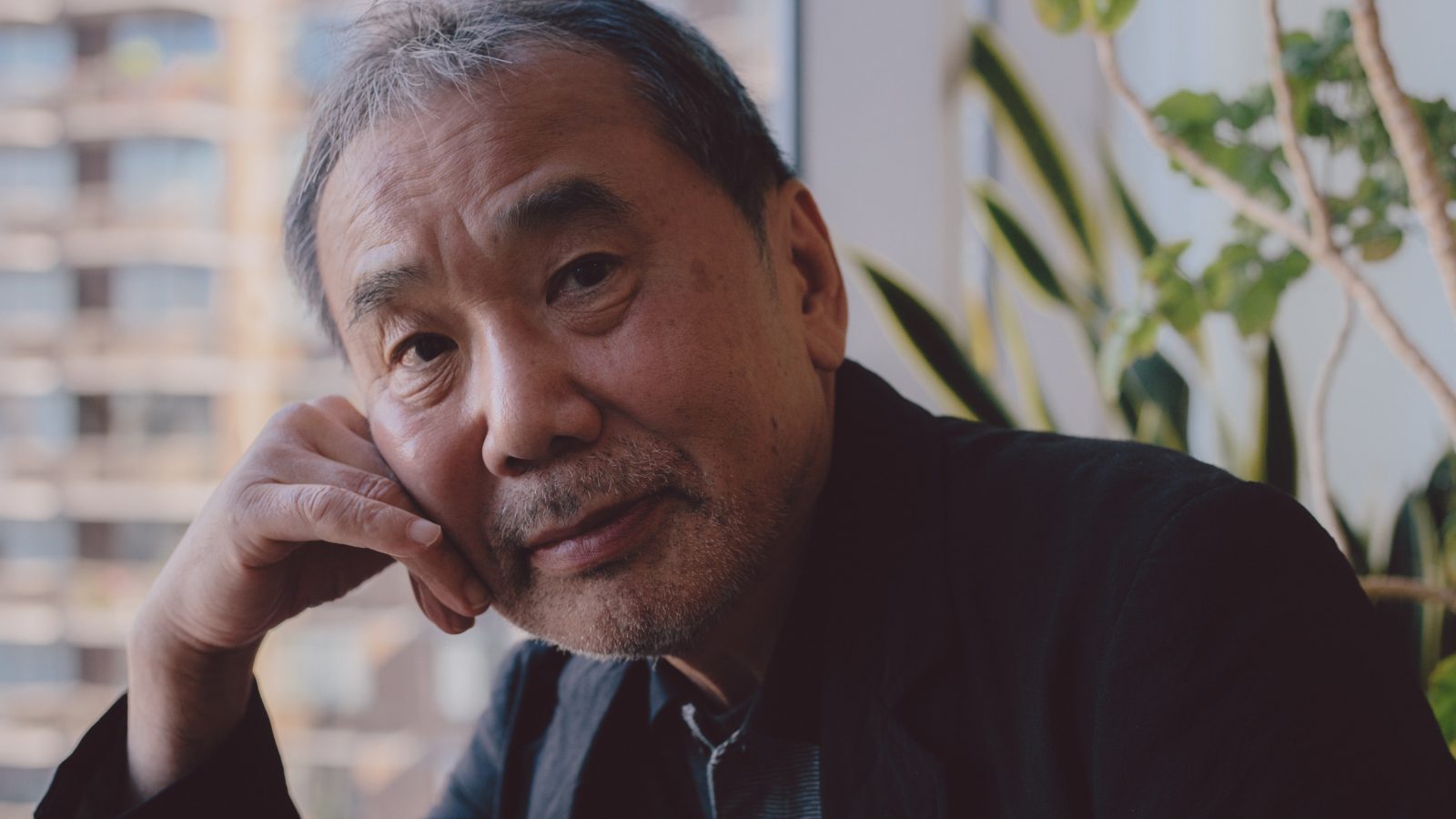On October 5, 2023, the winner of the Nobel Prize in Literature was announced. Murakami, who has been rumored to be in the running for the prize for nearly 20 years, failed to win this year’s prize again, and Hulquists (a common name for Murakami literature fans), who learned of the news from the preliminary announcement, were simultaneously shrugging their shoulders around the world. The series of events from the heightened excitement as summer ends and autumn arrives to the news that Murakami was not selected has become a tradition in the literature fan community.
However, one should not criticize Murakami’s literature based on the single phenomenon of his “unsuccessful election. Rather, what should be noted is the fact that an Asian novelist has been the focus of worldwide attention for nearly 20 years.
In this article, I would like to explore why his works have been so widely read and loved around the world, and what kind of works they are, by looking into the author’s background, the city of Kobe where he was born and raised, and occasionally using my own judgment and prejudice as a halkist.
About the man Haruki Murakami
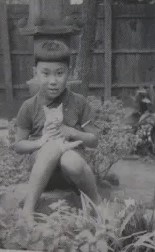
Haruki Murakami was born in Kyoto in 1949 and grew up in Kobe. Both of his parents were teachers, and his family environment was rather serious. He was a quiet boy for as long as he can remember, preferring to read alone in a corner of the classroom rather than play sports with others. He bought a lot of paperback books in Sannomiya that were left behind by foreign sailors who called at the port of Kobe and read them.
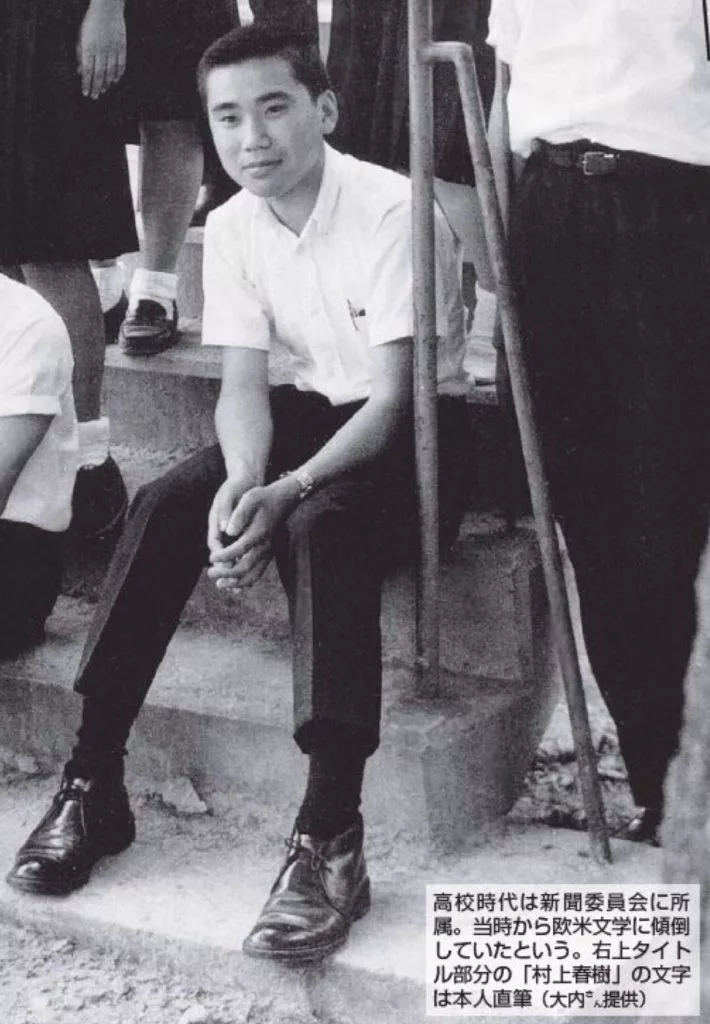
When he was going to college, there was a student movement that started with the anti-Vietnam War movement. However, being a quiet and solitary person, he spent his time going to the cinema and listening to jazz music to get away from it all. He opened a small jazz cafe while still in school, and was already married to his current wife, a student, in 1971. He was only 21 years old in 1971.
For seven years, while he was busy running the jazz cafe, he wrote “Kaze no Uta wo Kikinuke (Listen to the Wind Sing)” as if on a whim, which won the Rookie of the Year Award in the novel magazine “Gunzo”. His unique writing style attracted a great deal of attention, and he soon closed the coffee shop and has continued to consistently publish his works from then until today.
There are no particularly dramatic episodes in his life, but it is not an ordinary life either. It seems as if, although he had a good head on his shoulders, he was unable to ride the social wave, and as a result of quietly confronting his ego, he happened to attract attention from the world.
Workmanship, the city of Kobe
・Elimination of proper nouns
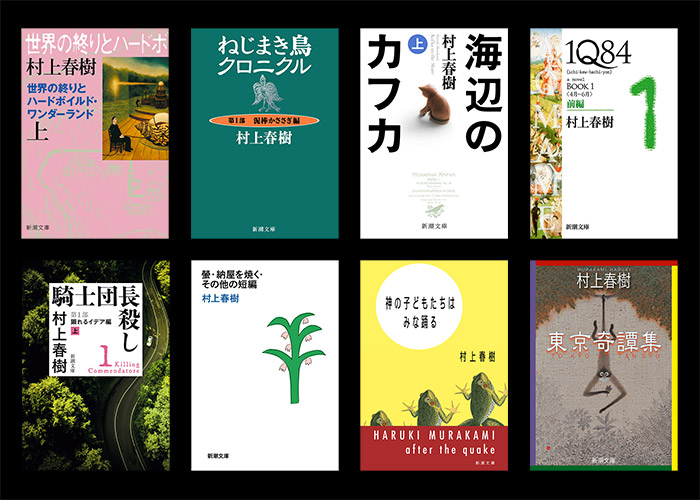
There are very few “proper nouns” in his work. Convenience stores, beverage manufacturers, train stations, TV programs, etc., are all removed from his novels. In his novels, proper nouns are removed from the various elements that color the novels, and the description of a convenience store is limited to a generic term, such as “convenience store. In his writings, he almost completely excludes anything indigenous to Japan. This makes it difficult for the reader to understand where the story he or she is reading is taking place. At the same time, the characters are not even aware that they are Japanese.
This is, of course, what he was aiming for. One of the reasons for this style is his love of American writers of the “Lost Generation” (Hemingway, Fitzgerald, Capote, etc.). It seems natural that his style should be borderless, since he was strongly influenced by these great writers rather than by Japanese writers. Many people seem to have the impression that they are reading his work as if they were reading a translation.
・Kobe and Haruki Murakami
However, I suspect that such a lack of indigenousness and borderless style may have been created by the environment of “Kobe,” which is another dimension of his tastes.
Kobe is a large city located in the southeastern part of Hyogo Prefecture in Japan. It is a leading port city in Japan, with a long and narrow urban area stretching from east to west, where the sea and the mountains approach, and the Port of Kobe, an ideal harbor developed in a fan-shaped inlet with ample water depth.
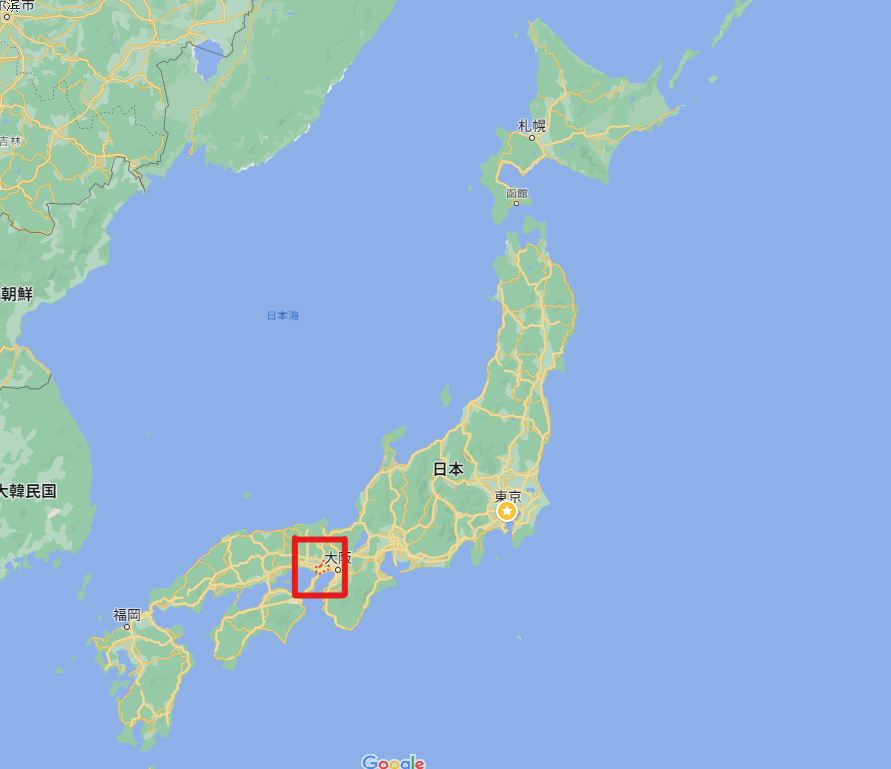
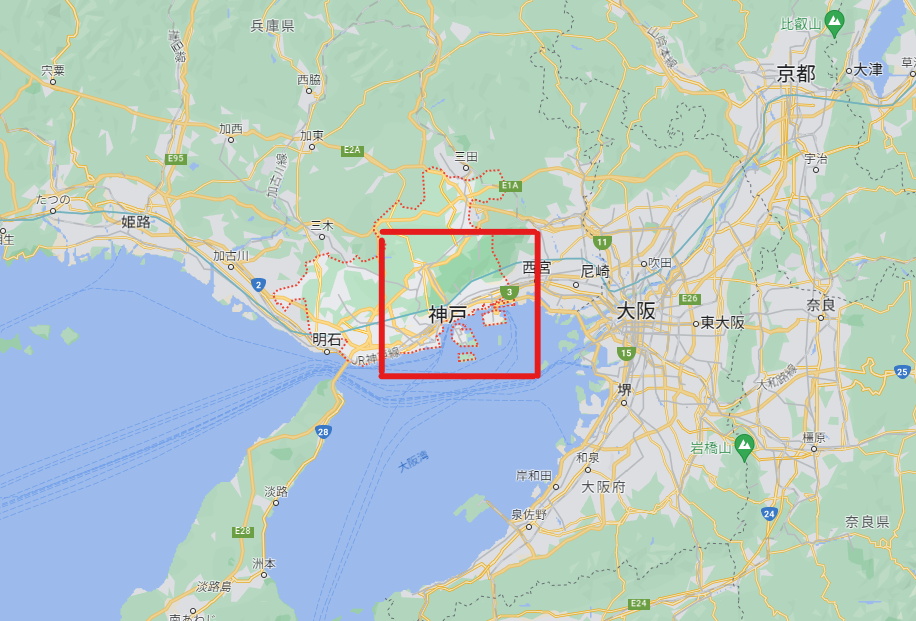
Foreigners and imported goods, which were not familiar in Japan at that time, were commonplace in Kobe.
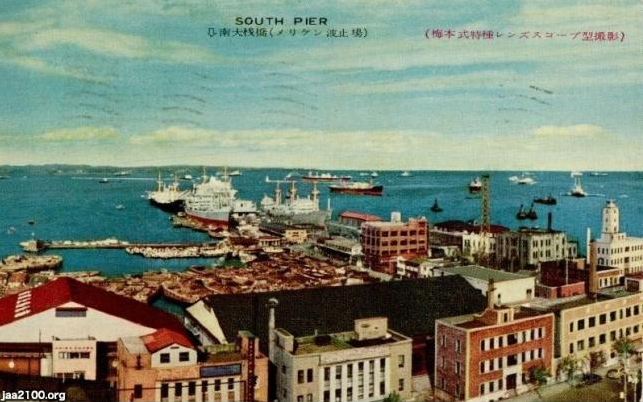
Sannomiya, which he often visited during his high school days, is a land of strong foreign culture, with a street called “Kitano Ijinkan-gai.” With the opening of the port in 1868, the number of foreigners visiting Japan increased dramatically, and this land was allocated as a settlement for them.
History of Kitano Ijinkan-gai
The land of its birth did not last for long. The outbreak of World War II in 1939 and the entry into the Pacific War in 1941 caused long-time foreign residents of Kobe to leave the country and return to their home countries, and the fires of war destroyed many buildings. In addition, many historical buildings were lost due to rebuilding during the period of rapid economic growth after the war.
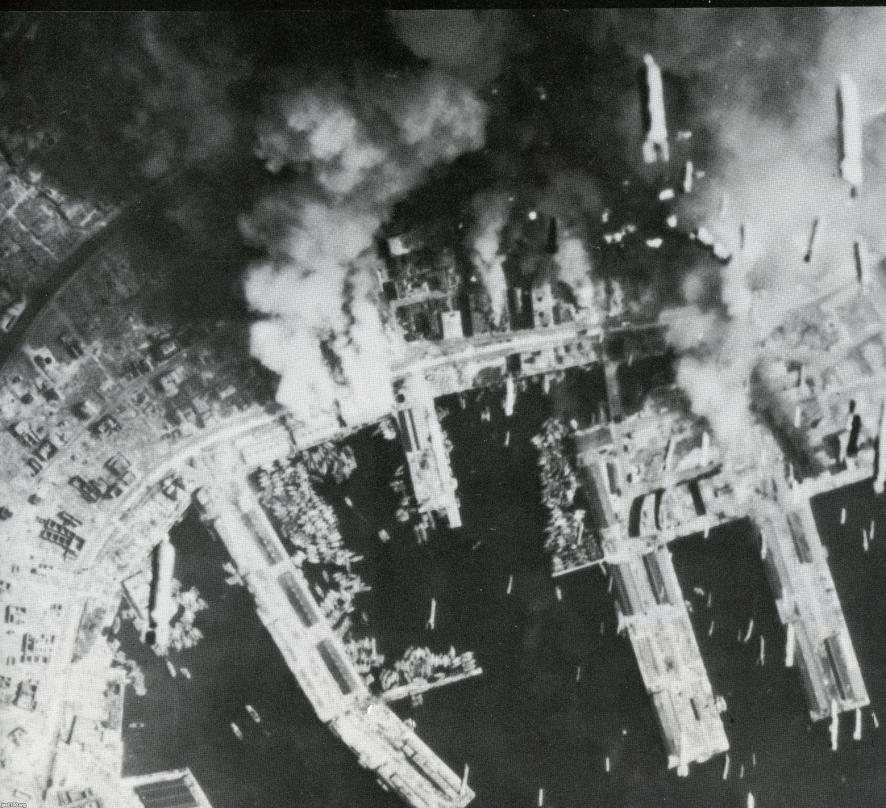
However, from around 1975, women’s magazines began running special features on Kobe Ijinkan, and a TV drama broadcast in 1977 brought the popularity of Ijinkan to the forefront, making the quiet, residential Kitanocho neighborhood famous as a tourist destination.
In 1980, the city designated the area as a traditional building preservation district under the Law for Protection of Cultural Properties, and began preservation and repair work. In addition, the city began to transform not only the buildings but also the entire town into a tourist destination through the construction of a promenade and the operation of the City Loop.
Today, fashionable boutiques, restaurants, cafes, and souvenir shops line the streets. Wedding ceremonies and receptions at Ijinkan and restaurants are a popular combination with sightseeing, and many couples come from far and wide. On holidays, the area is filled with weddings.
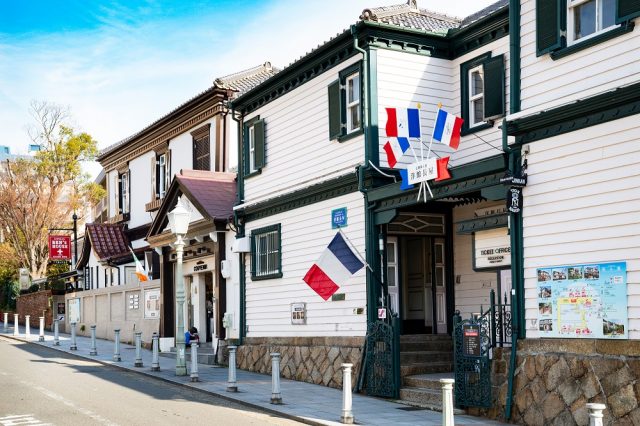
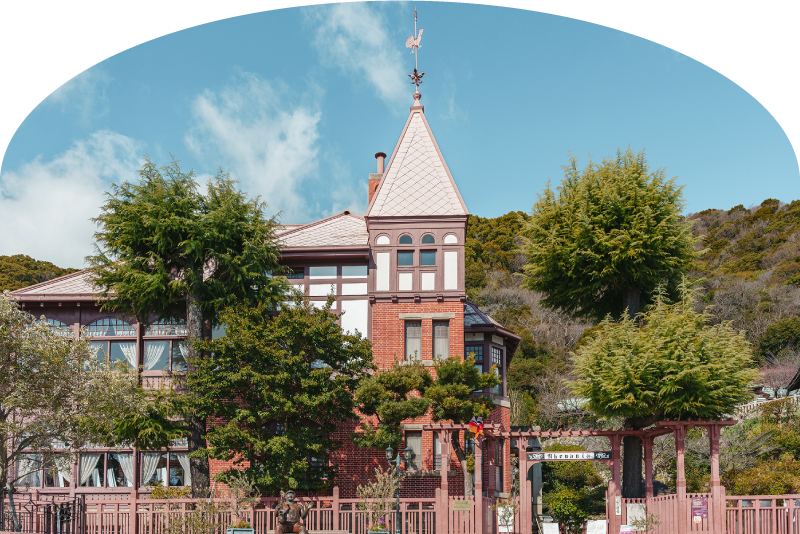
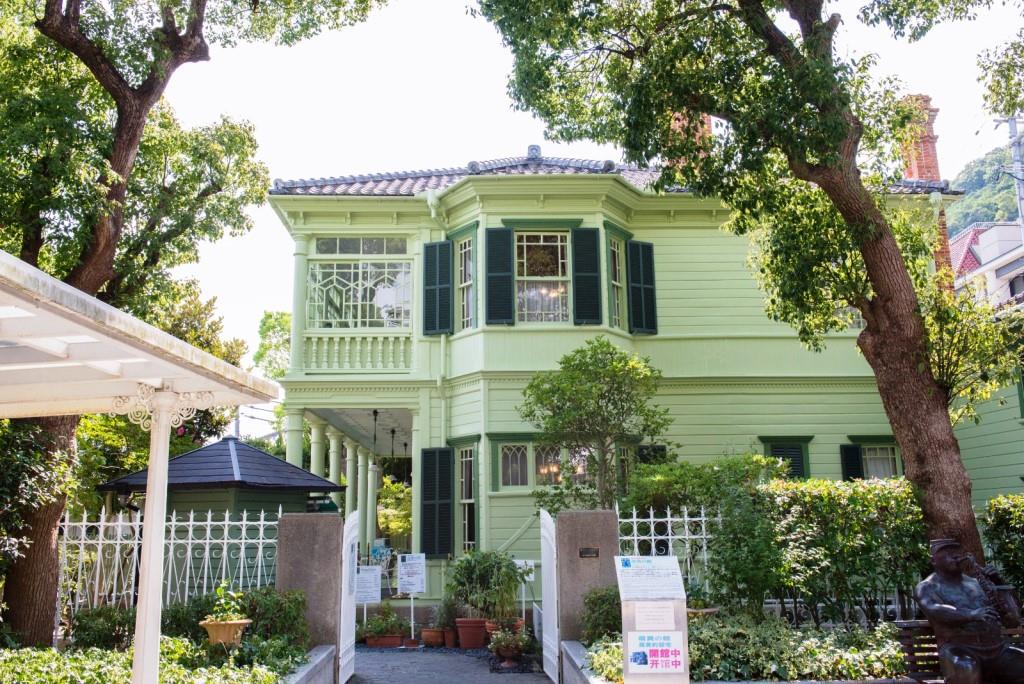
Haruki Murakami and Sannomiya/Kitano Ijinkan-gai
The streets of the time when Murakami was a schoolboy were still fresh from the wounds of the postwar period, before the reconstruction of the city. What must have been on the mind of the book-loving, impressionable Murakami Boy as he wandered through this exotic, yet scarred, city at that time? I wonder if he was searching for the country of Japan or his own identity.
By the way, it is said that his debut work, “Kaze no Uta wo Kikinasake (Listen to the Wind Sing),” was set in Sannomiya.
In this film, a Chinese bartender named Jay appears. The following are excerpts from his lines that left a particularly strong impression on me.
「I would love to go back to China. I’ve never been there. …every time I go to the harbor and see the ships.」
A Chinese who has never been to China. It may seem like a casual line, but it occurred to me that it may have been a statement on behalf of the Murakami boy’s mind at the time.
The damaged foreign-style buildings with no owner. The view from these buildings is of a harbor with ships passing by, and of the sea, the gateway to the world. And the sea, the gateway to the world.
I wonder how a teenage boy like Murakami would have seen such a view. Imagining this makes one’s heart a little sad.
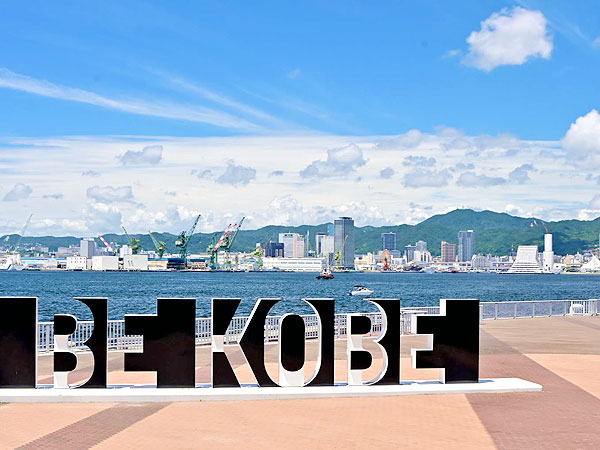
Conclusion
So far, we have discussed Haruki Murakami’s career, his works, and the city of Sannomiya in Kobe, which could be the root of his works. No one can say for sure whether his literature, which has captured our hearts and minds for decades, was really brought about by this place called Sannomiya. However, if you visit Sannomiya, you will surely feel the atmosphere of his works. The smell of the sea breeze, the sound of the train whistle, the colonial style of the rows of buildings…. You may want to visit the area with your favorite work in your hand.
Representative works
Listen to the Wind Sing” (1979)
Pinball 1973″ (1980)
Adventures of a Sheep” (1982)
The End of the World and Hard-Boiled Wonderland” (1985)
Norwegian Wood” (1987)
South of the Border, West of the Sun” (1992)
The Twisted Bird Chronicles” (1994 and 1995)
Kafka by the Sea” (2002)
1Q84″ (2009 and 2010)
The Killing of the Knight Commander” (2017)
The City and Its Uncertain Walls (2023)
Source
Courier Japon

Kobe Wikipedia

Kobe Shimbun NEXT

Kobe Kitano Ijinkan-gai

Shinchosha


